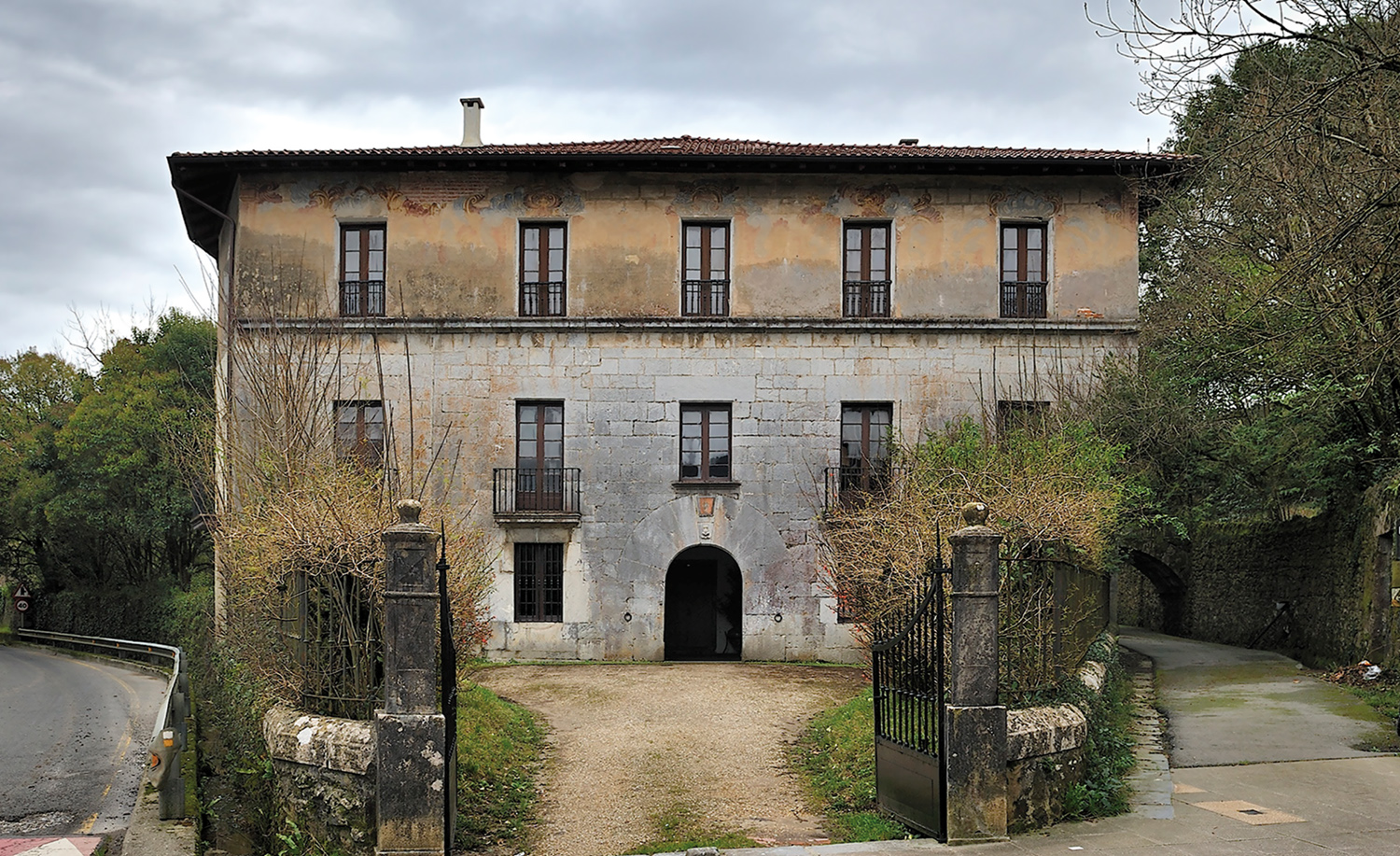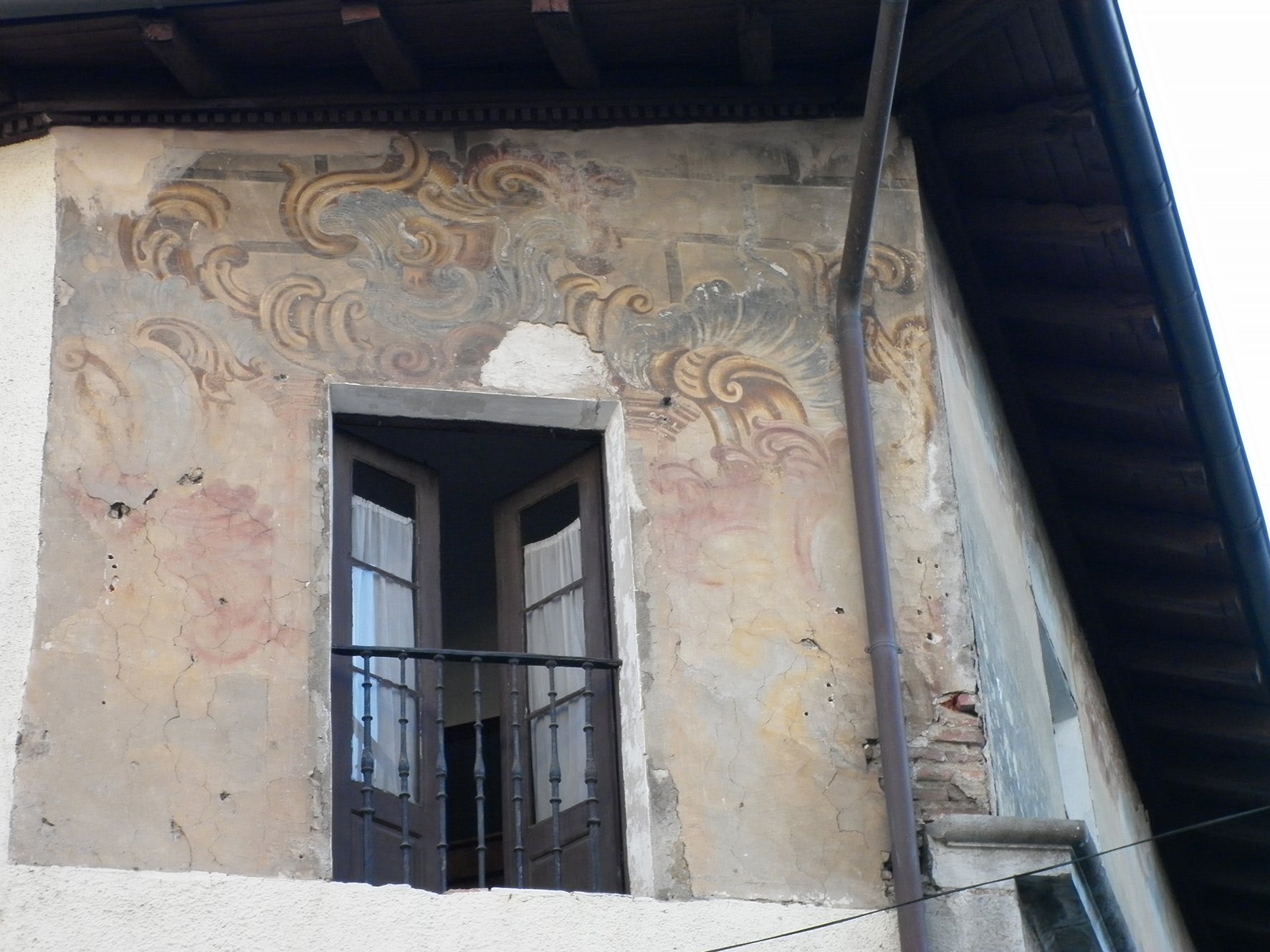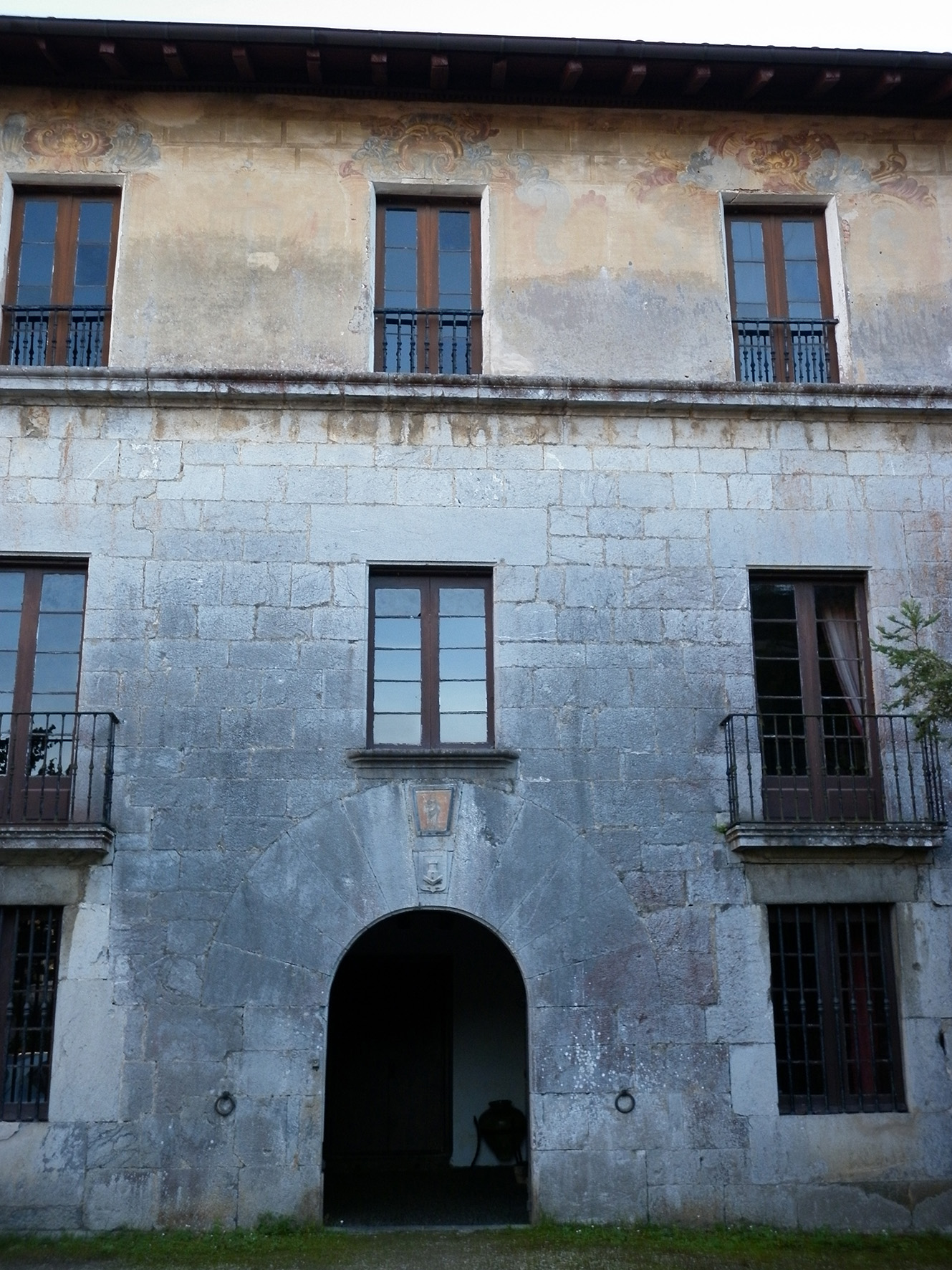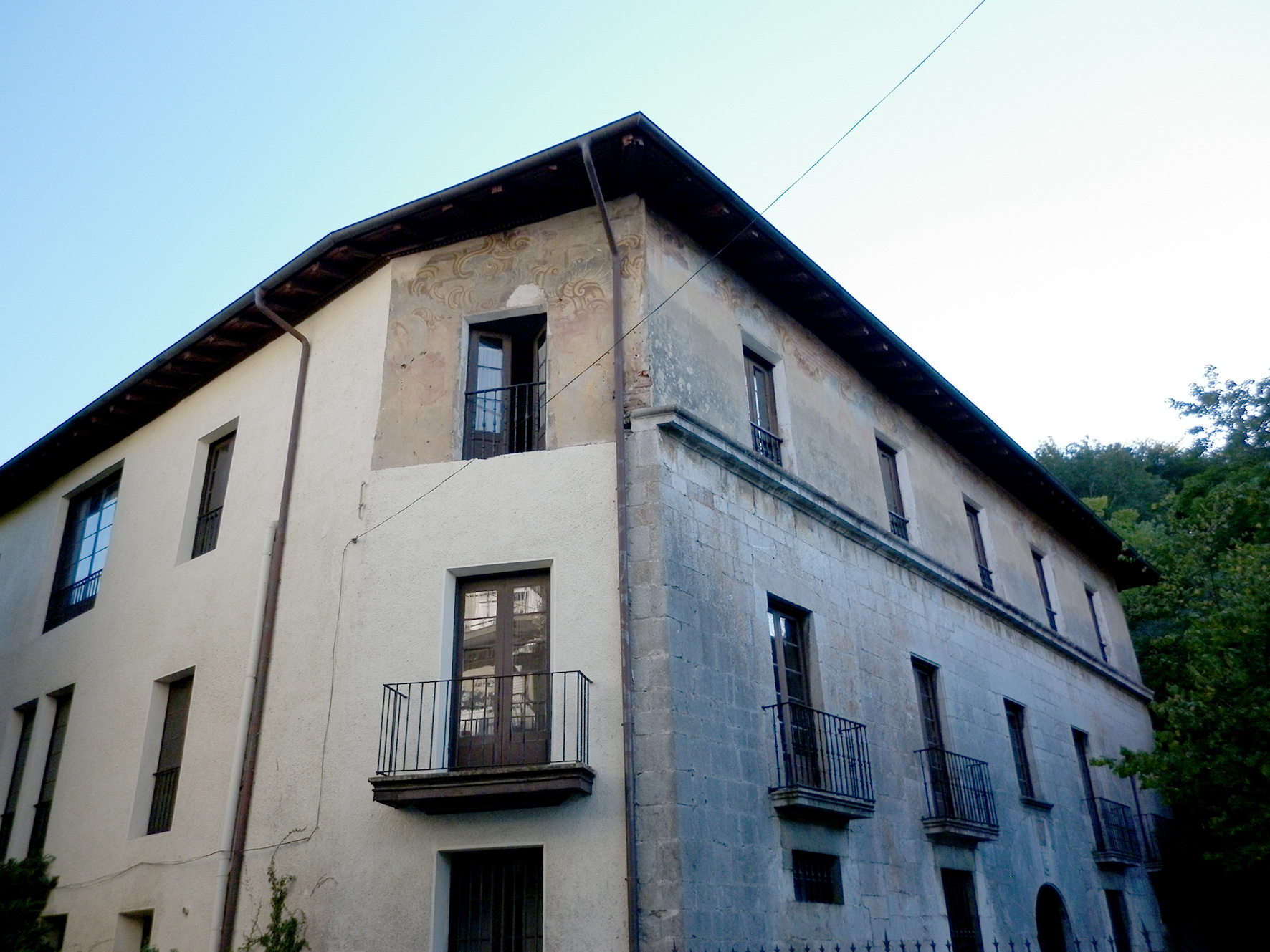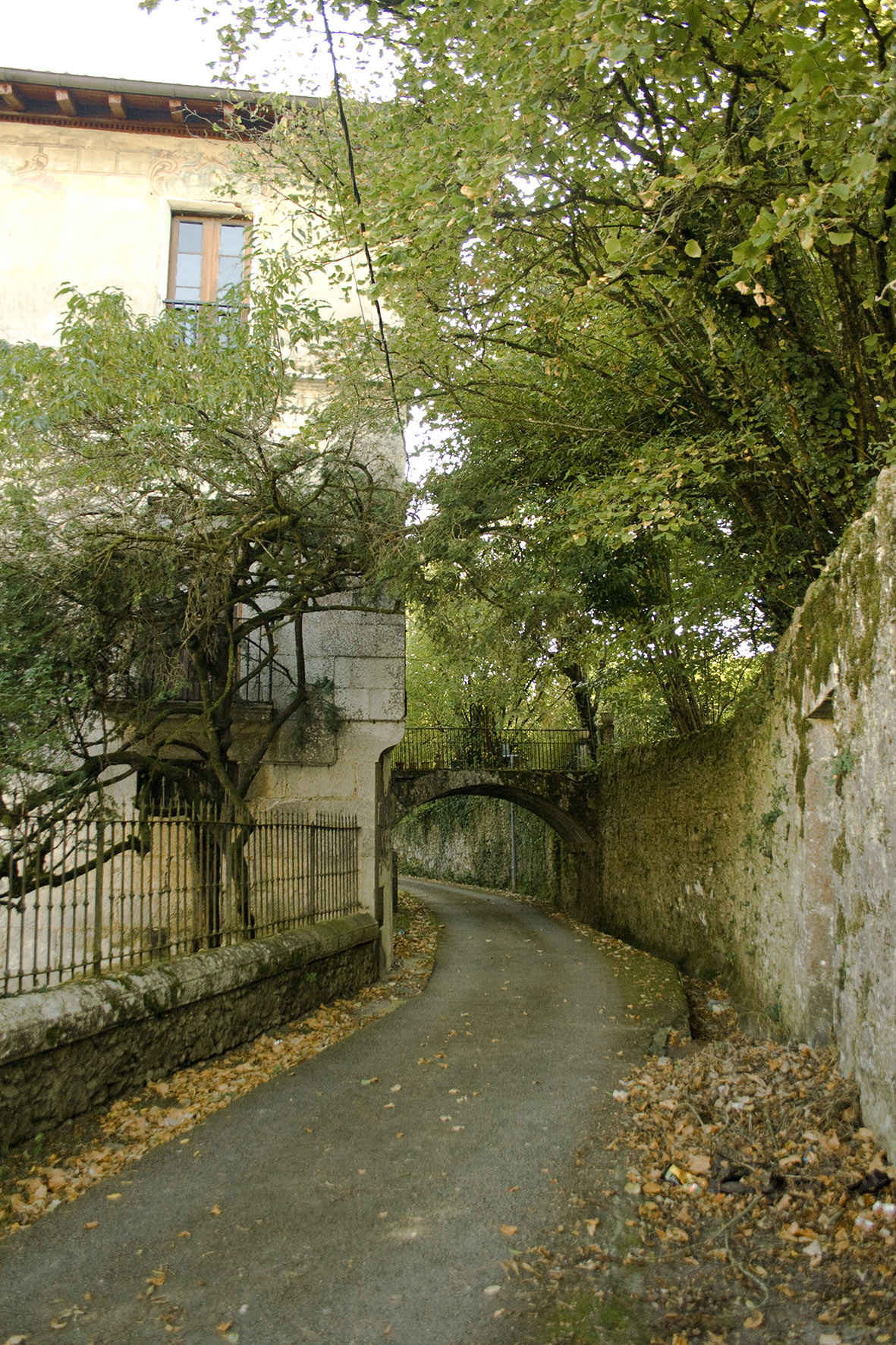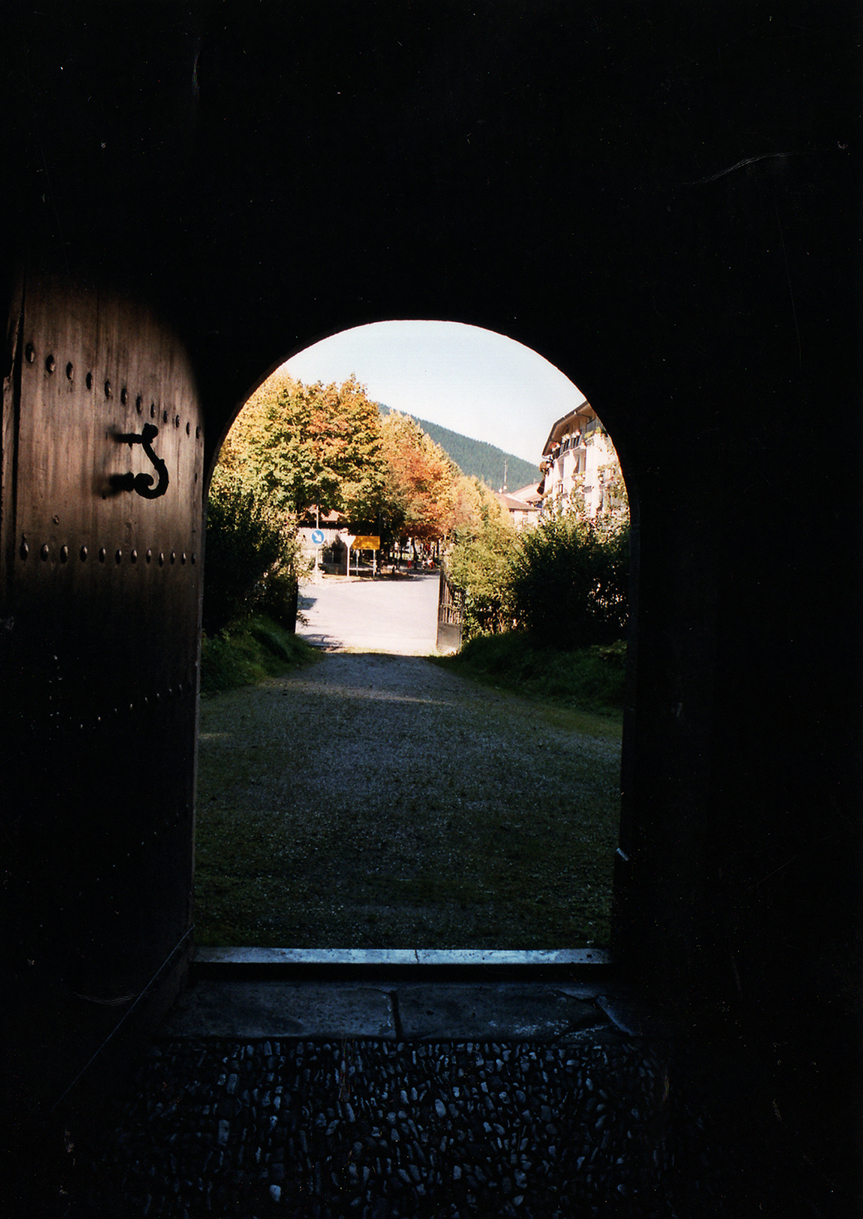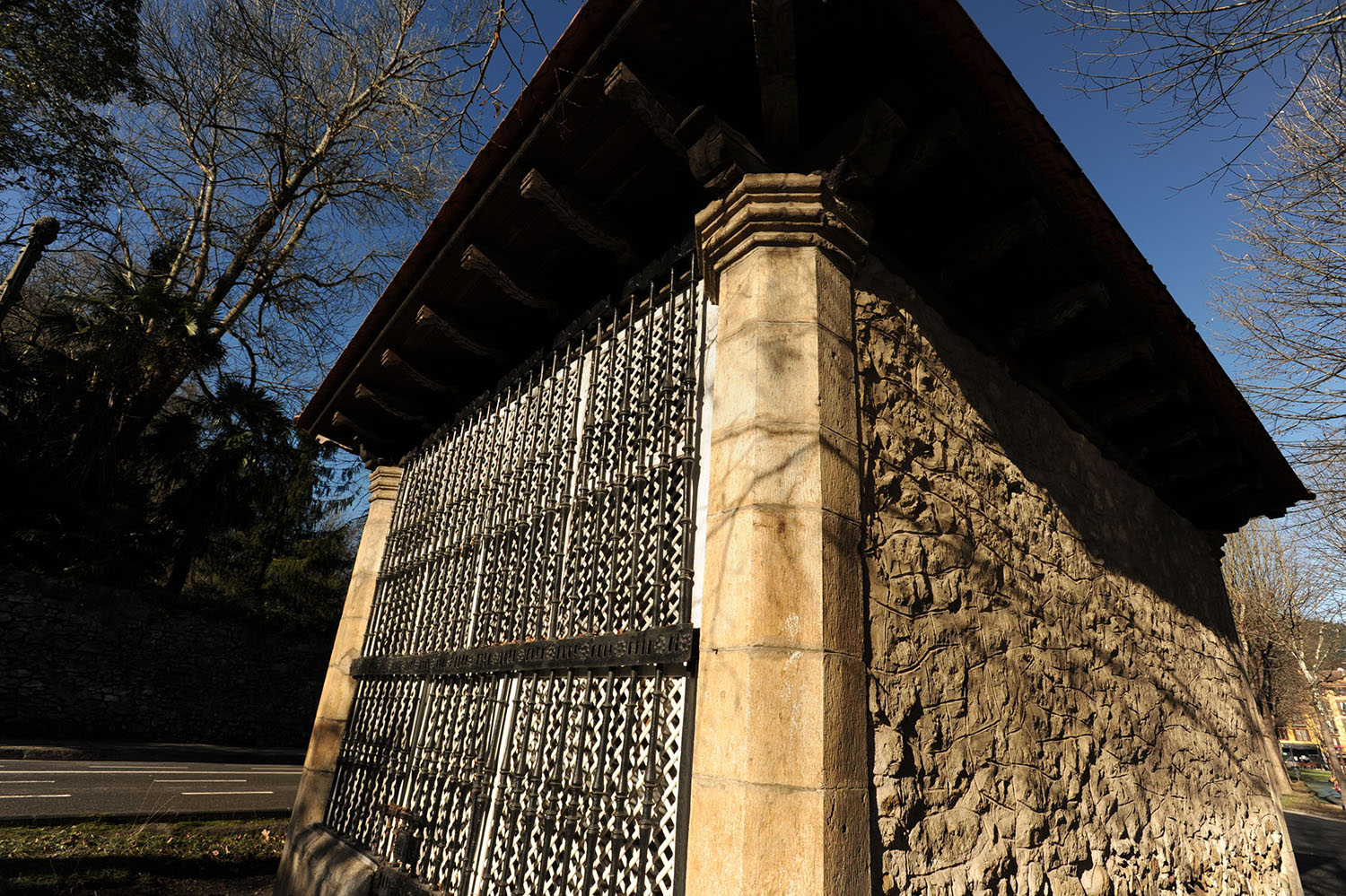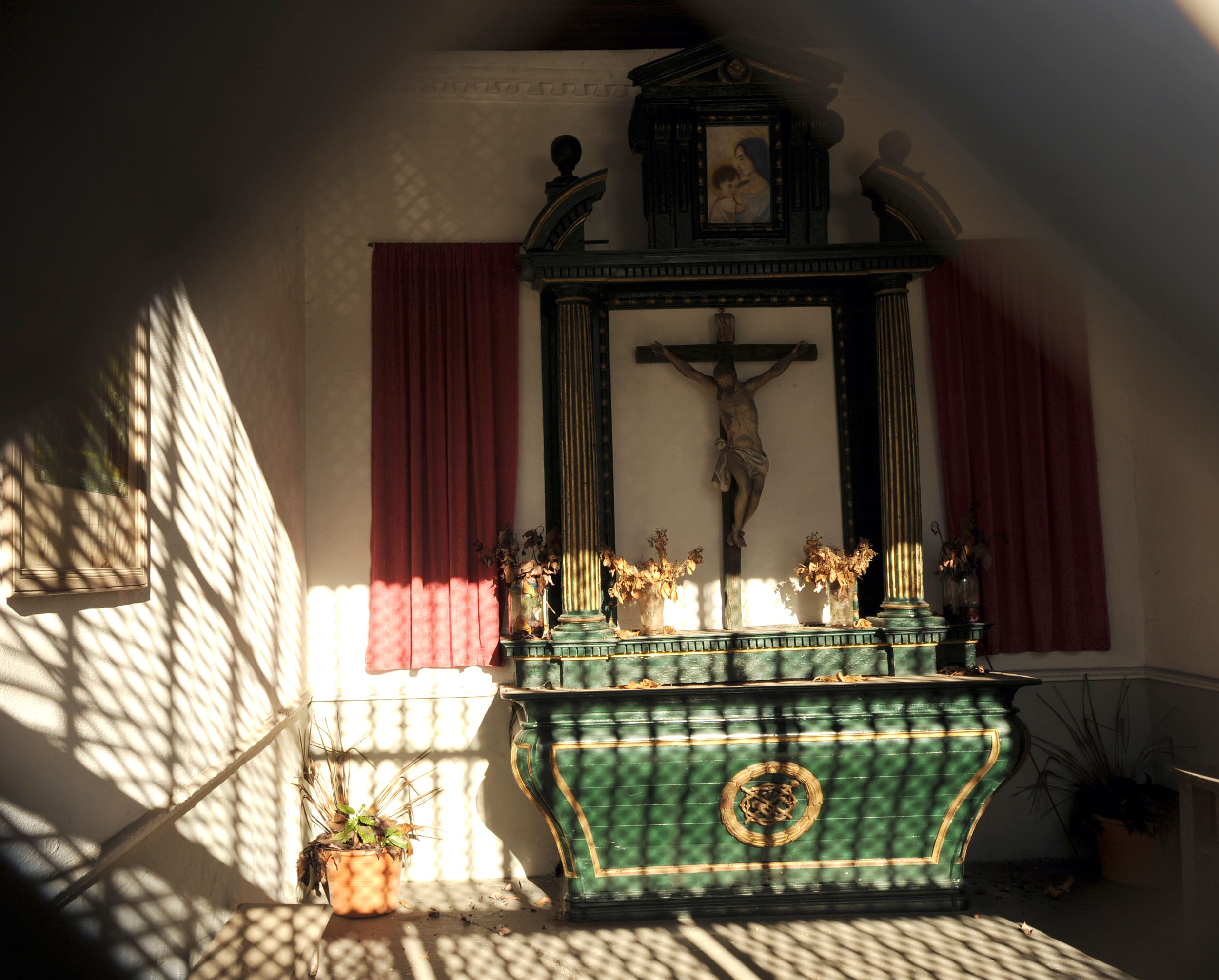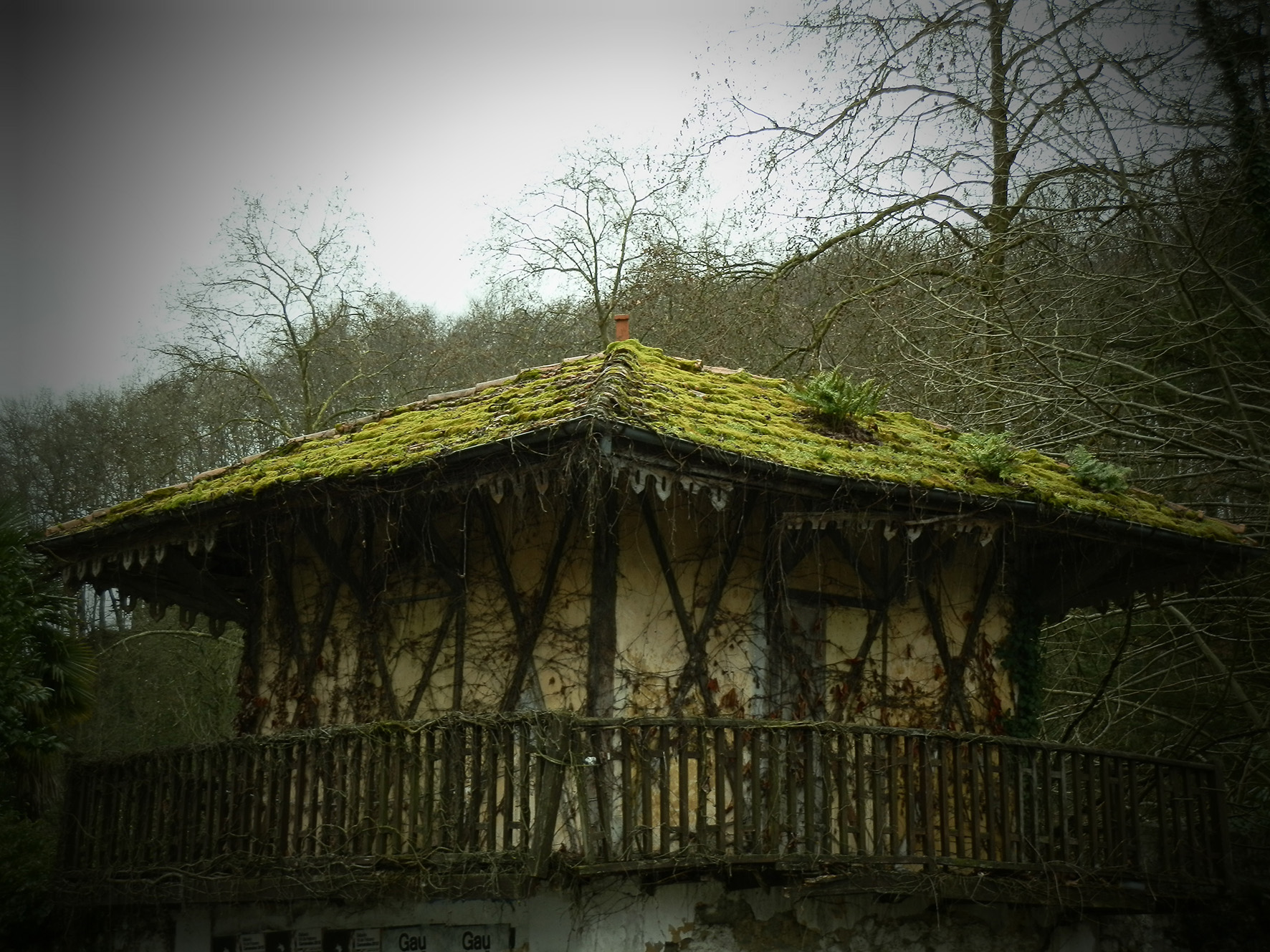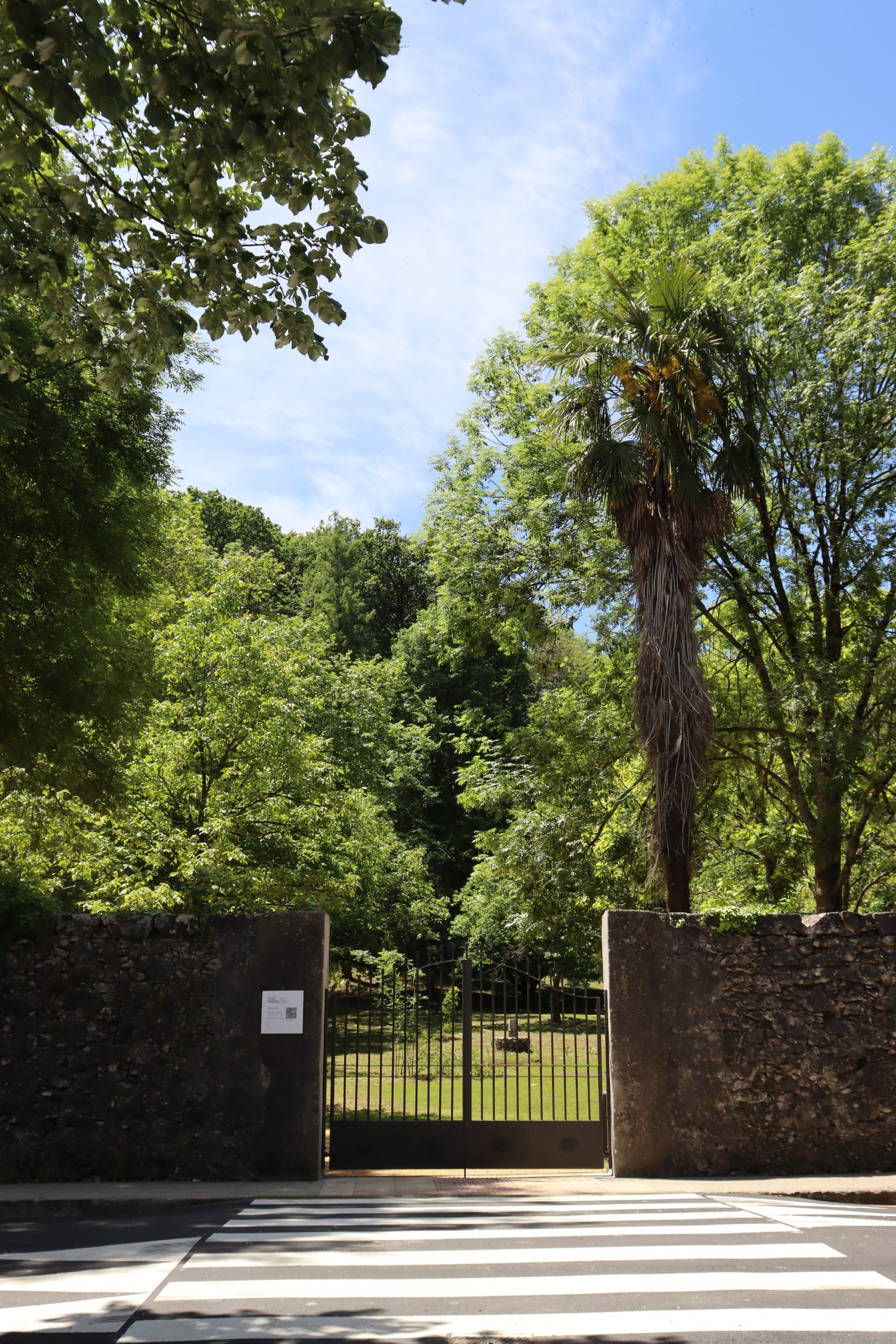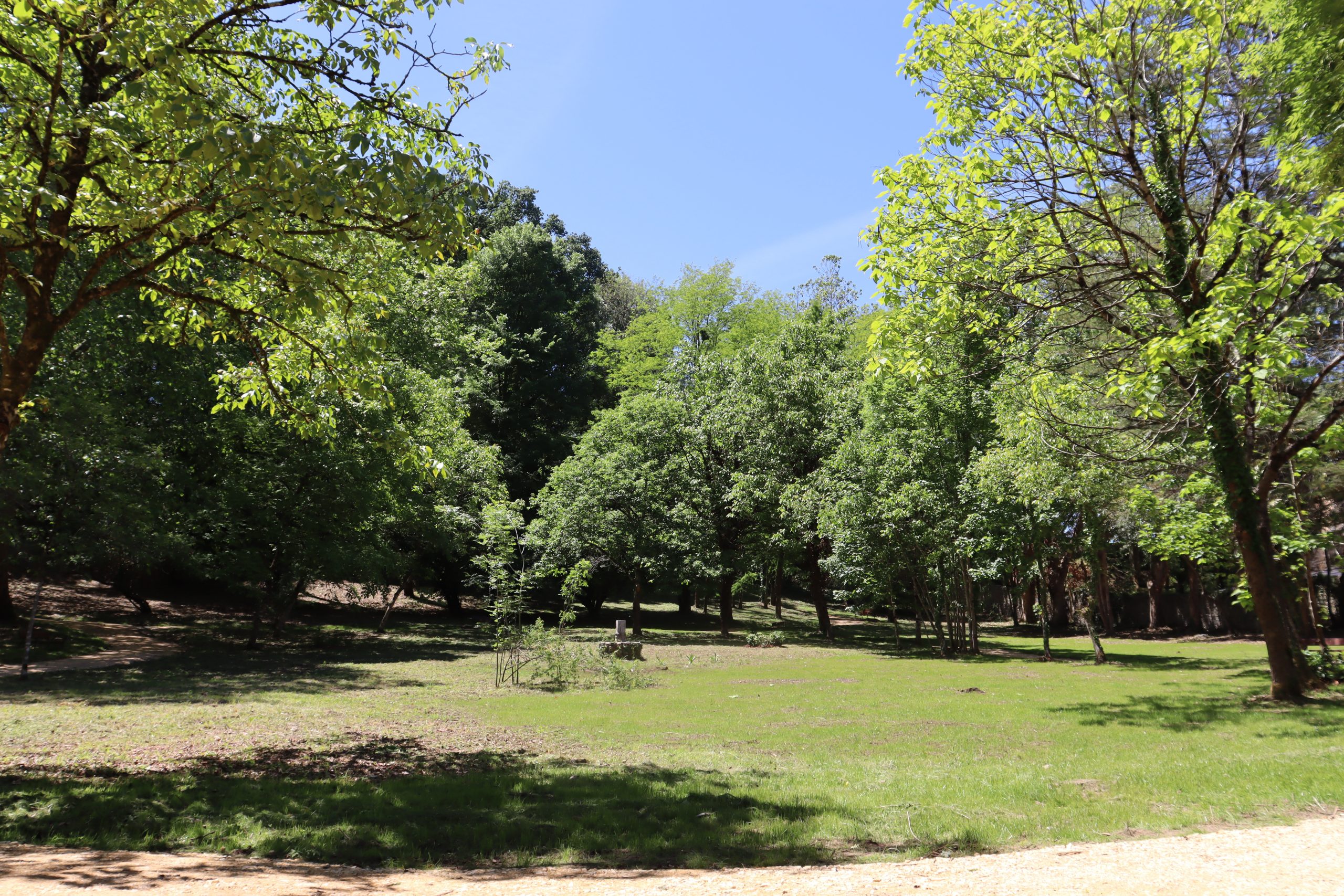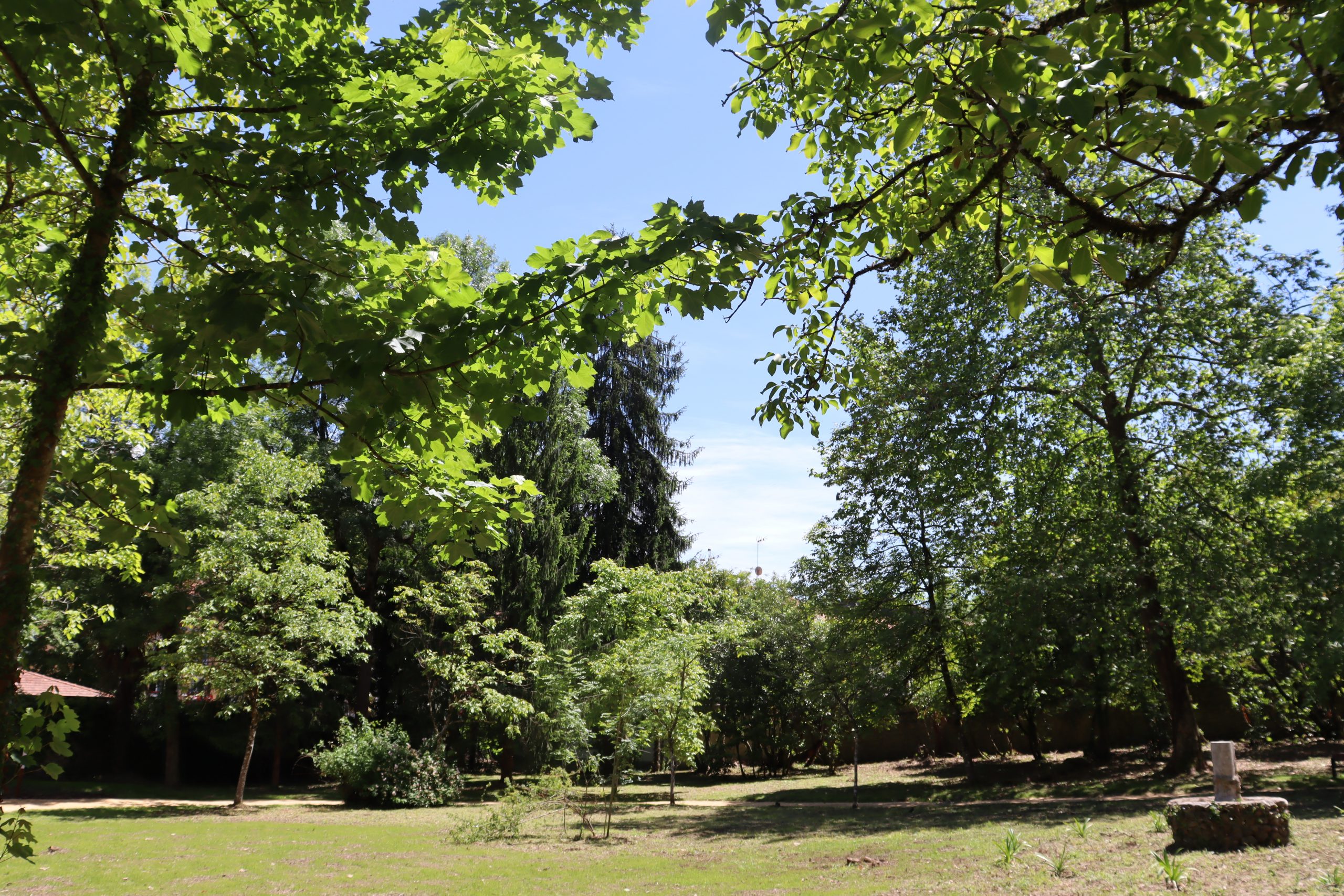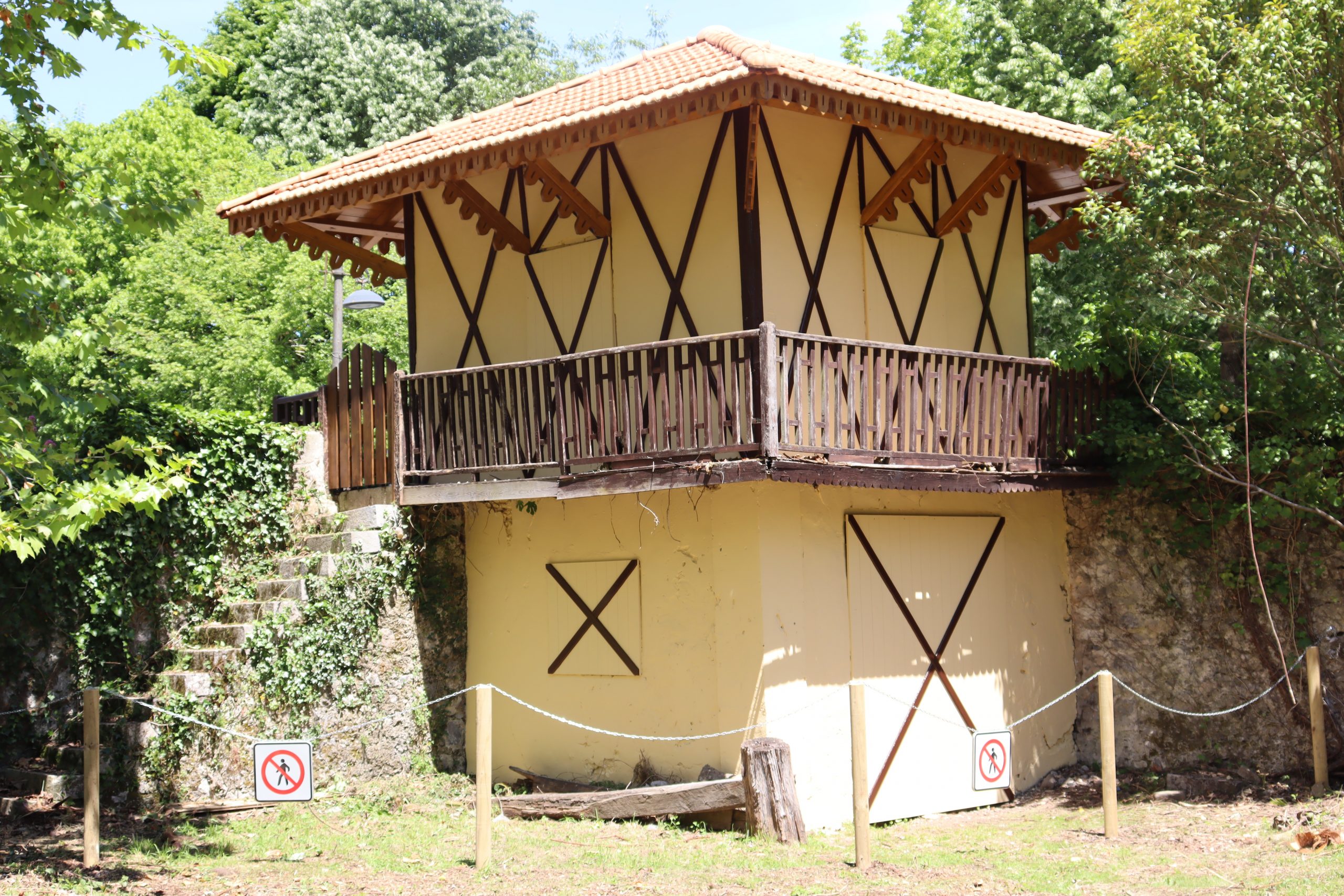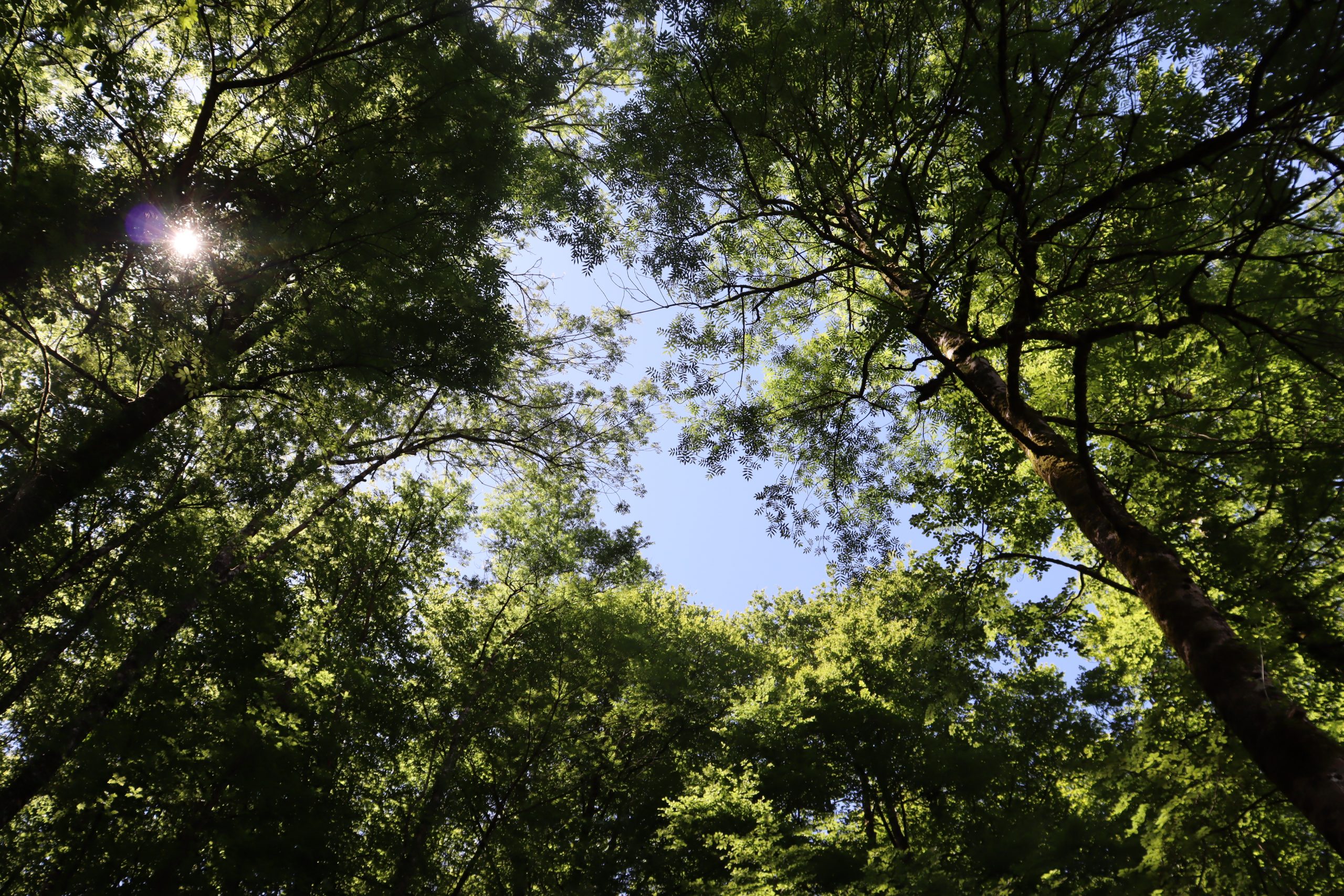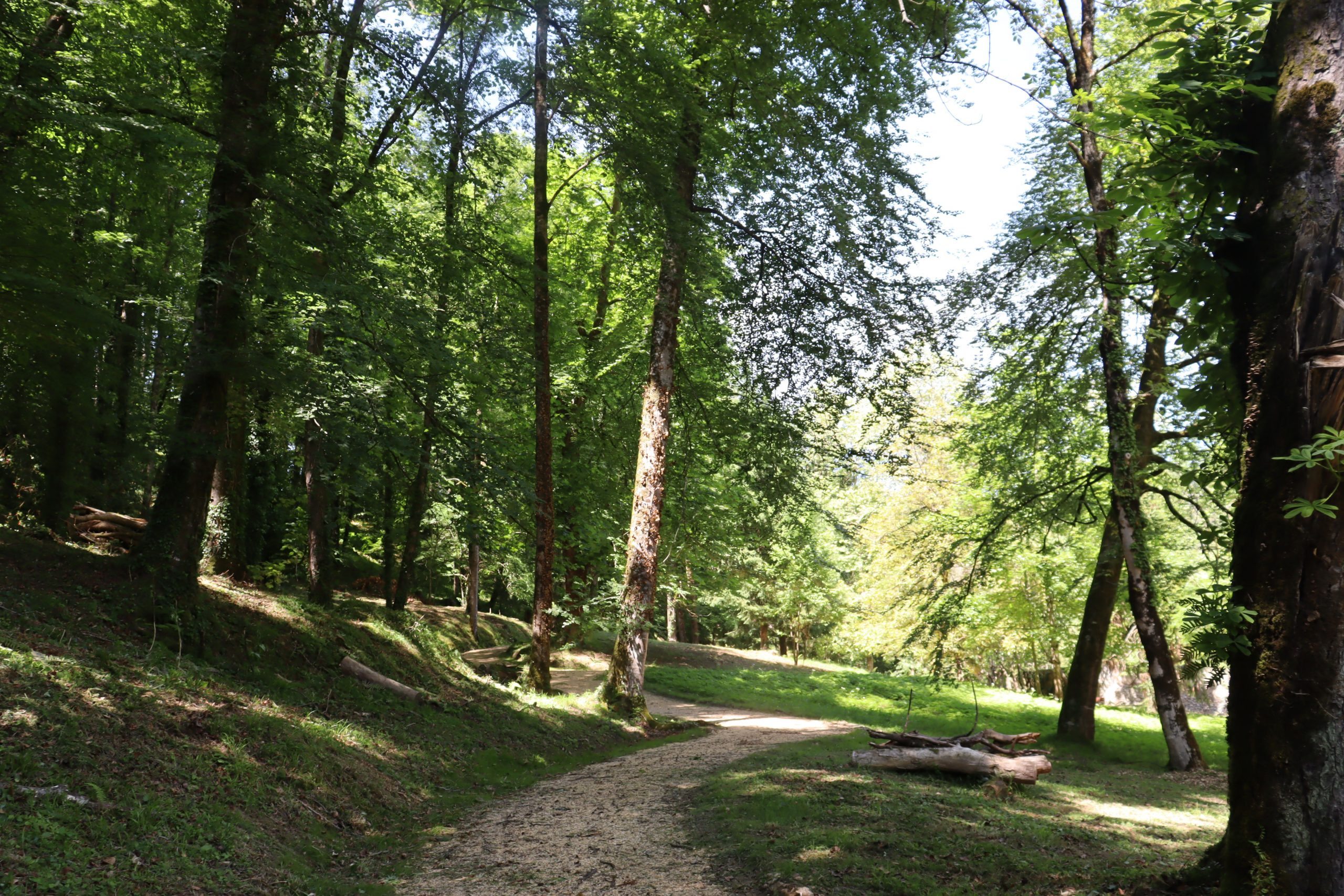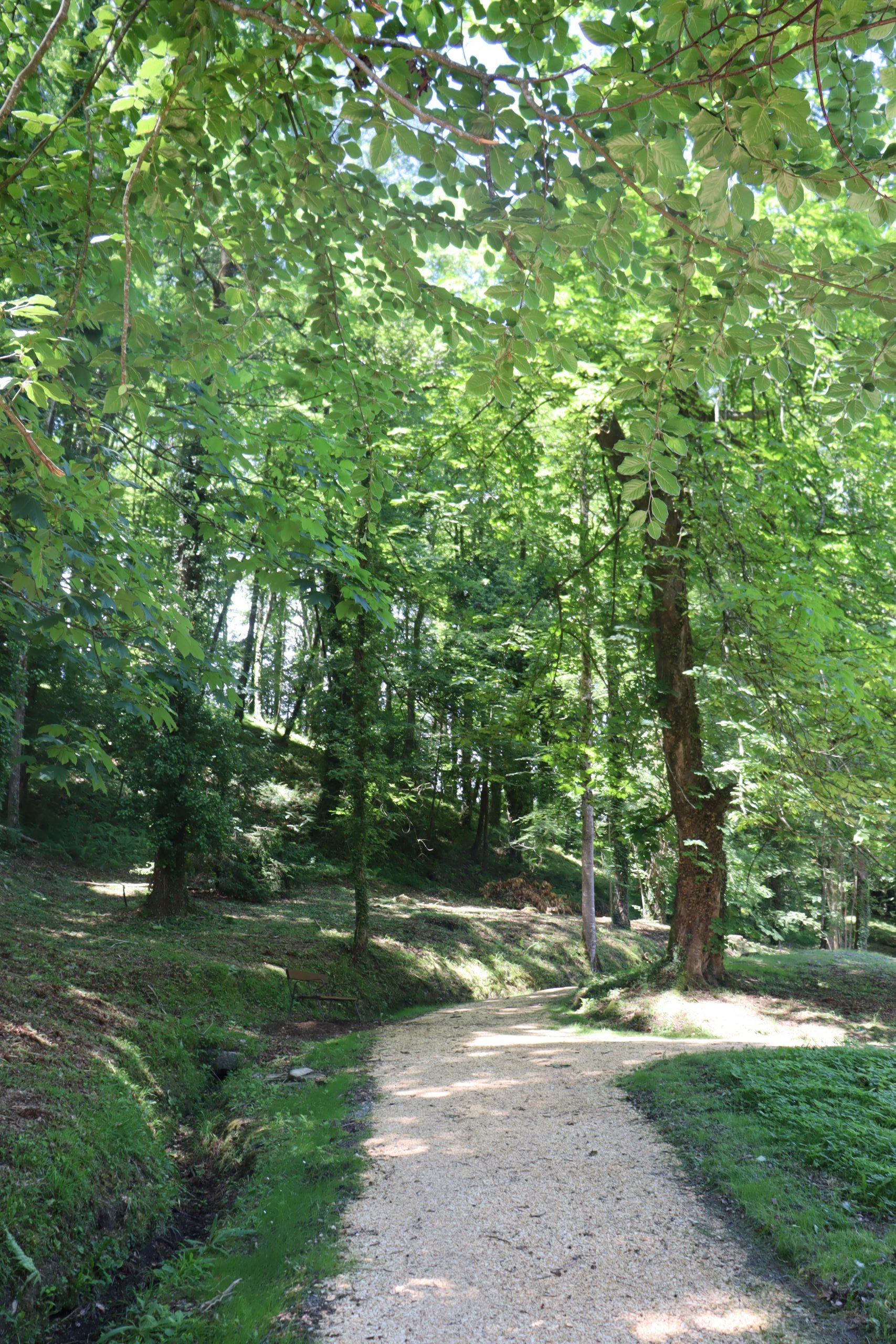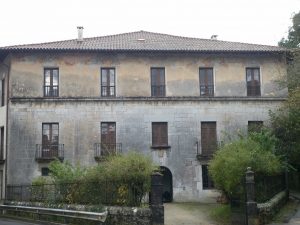
Torre Bidarte
It is a baroque palace that hides a medieval tower, the Bidarte tower. On the ground floor, an access with large voussoirs presents in the main voussoir the shield of Bidarte – a tower with merlon – and on the shield an image of the Virgin. The ground and first floors are made of limestone ashlar masonry and the second is painted with floral decorations among which is – today illegible – the coat of arms of Murga, Montoya, Fernández de Ugarte y Aguirre. This palace is also known as the house of the Moro Vizcaíno (Biscayan Moor), José María Murga (1827-1876), a character who explored Morocco between 1862 and 1865 and author of the book Moroccan Memories of the Moro Vizcaíno. His memories and documents are stored there. With baroque spirit, it has a forest with various tree species and a little house that constitutes the natural complement of the palace.
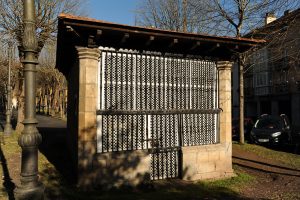
Santa Cruz Hermitage
At the end of the meadow is Eliza Txiki or hermitage of Santo Cristo de Abesua. Also known under the invocation of the Holy Cross and documented in the sixteenth century. It is considered an old a shrine – a place with a cross or image at the entrance of the towns. Small in size, it stands out for its baroque wrought-iron grille and for a Romanesque-style Christ inside. It is associated with the palace that we will describe below.
Abesua kalea, 16
48270 Markina-Xemein

